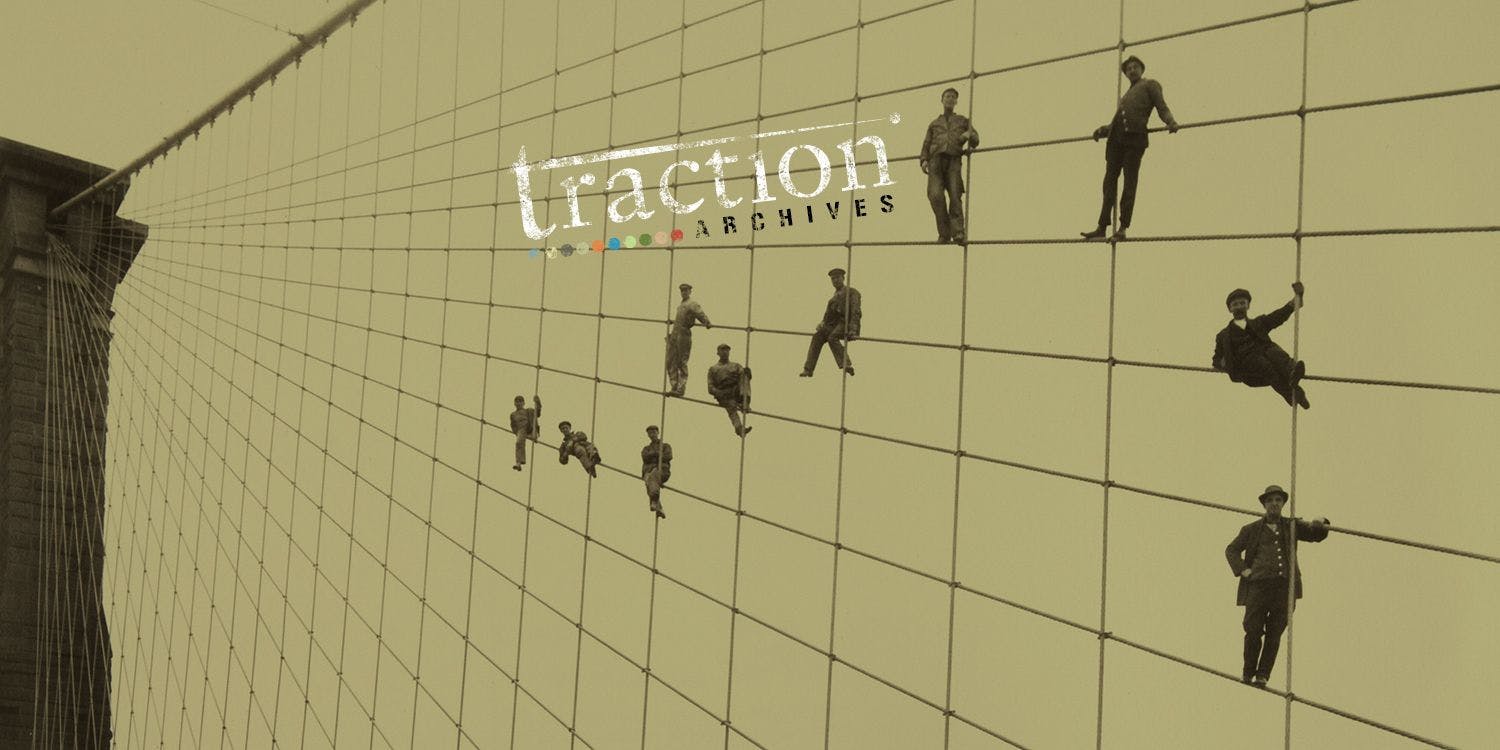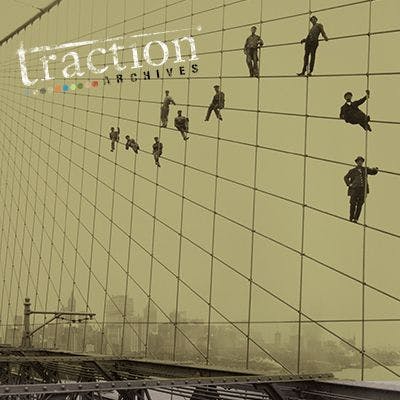Digging Deeper on Brand APIs

By Adam Kleinberg
Earlier this week, I wrote an article on Mashable calling for brands to consider developing their own APIs. In it, I used Kraft as an example for how brands could do this.
Here is a link to the article on Mashable.
A question was put to me by the global head of communications planning at one of the biggest companies in the world:
Can somebody use that Kraft example and let me know how the api they described would work? How and where would a consumer be able to "type in any ingredient and get back a list of recipes from Kraft?"
My answer.
Think of Twitter. They have a 140-character form field on their website. They have a feed. These pieces of functionality are services that you can consume on twitter.com. But they have been constructed in a way that another developer can access the code for one of those services easily, modify it and embed it in another application. Hence, I can put send data to that 140-character form on any website, in Seesmic, via text message, in a widget, etc. Same thing with how that data is pumped back out. That's why I described the API as a hook.
Now, Kraft hasn't done that. My editor challenged me to come up with an example for how a company that wasn't data-driven (like NetFlix for example, who released APIs in a million dollar challenge to come up with a better recommendation engine), so I came up with Kraft. But if you use the Twitter analogy, replace the 140-character form field with an ingredient form field. Then replace the data from your twitter feed with data from the zillion recipes featuring Kraft products in their DB.
Make sense so far?
There are very different levels of complexity involved with APIs, of course. Take a look at this page containing an overview of FBs Graph API.
Don't scroll down more than a page because it gets detailed, but what you'll see on the first page or so are snippets of code that you can grab and embed into a webpage to access bits of functionality from the Facebook page.
What I'm proposing is that Kraft (or Unilever) create something like this and allow developers and partners to innovate with it—and yes, even make money from it. Walmart could have a "search for dinner idea tonight" tool on their website. They could integrate the recipes and ingredients APIs from Kraft in it (I added an ingredient API here) so that when mom sees a recipe she likes she could in one click add all the ingredients (including Kraft products of course) to her shopping cart and use Walmart's ship-to-store program so a bag of groceries is waiting for her on the way home from work.
Walmart wins. Kraft wins.

There's more than one way to do things from a front end web development perspective. Tables vs divs? Layout and mouseovers in css or javascript? GIF and JPEG and PNG, oh my! Engineering is an art of tradeoffs.

You're sick of the holidays, aren't you? Awkward holiday parties. Long lines. Commercialism? That's ok. We understand. That's why there's Grouchmas, the holiday for those who've forgotten the meaning of merry.

With the advent of Mad Men, I get a lot of friends, family and clients asking me if my work life is anything like the wild, alcohol and nicotine fueled creative rage that they witness on cable.
